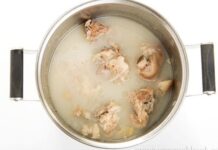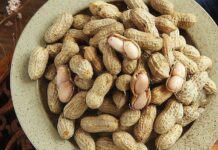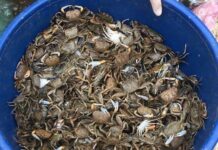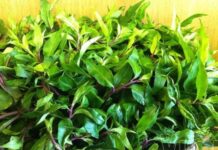
The Black Pomfret, locally known as “Cá Cu” or “Bè Cu,” is a saltwater fish belonging to the pomfret family, widely distributed across the Central Coast of Vietnam, from Quang Binh to Da Nang. Globally, it thrives in the Pacific, Mediterranean, Atlantic, and Indian Oceans, making it a familiar seafood choice worldwide. In Da Nang, this fish is not only abundant but also celebrated for its versatility in local cuisine, embodying the rich flavors of Central Vietnam.
Physically, the Black Pomfret resembles the tuna but with a flatter body, adorned with shimmering silver scales that glisten under the sun. Its sharp snout and inward-curving teeth reveal its predatory nature. Growing between 40 to 70 cm in length, its flesh is firm, fragrant, and remarkably white. Unlike many catfish species, the Black Pomfret lacks a strong fishy odor, offering instead a fresh, sweet taste that balances tenderness and chewiness. Peak fishing season runs from February to April, though it’s available year-round, often filling the nets of Central Vietnamese fishermen.

The Black Pomfret’s diet is as diverse as its culinary applications. Juveniles feed on plankton and organic debris, while adults prey on larger fish like bigeye scad and various invertebrates. This nutrient-rich diet imparts a distinct, buttery flavor to its meat, setting it apart from other fish species.
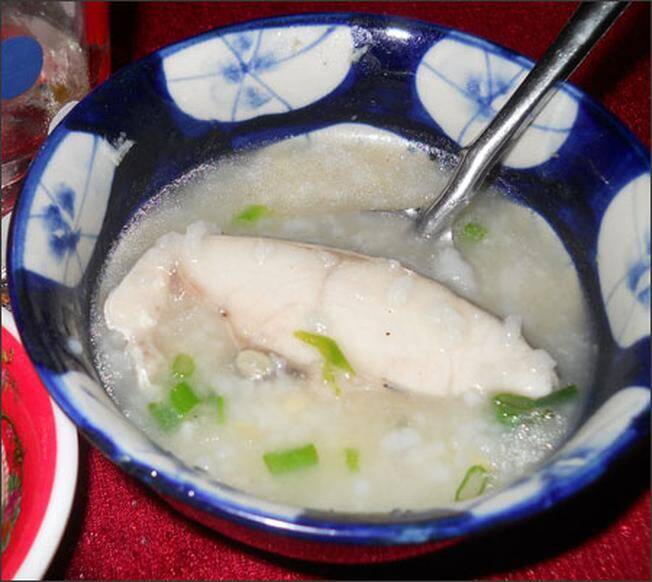
For generations, coastal communities have cherished the Black Pomfret as a culinary treasure. Its preparation methods are as varied as they are delicious, suitable for both everyday meals and special occasions. Simmered in a rich broth and served with rice noodles, it becomes a hearty, flavorful dish. Its chowder, light yet nourishing, is a favorite during dry or cool seasons. Other highlights include sour soup with bamboo shoots and starfruit, crispy fried fillets dipped in garlic-chili fish sauce, and a Central Vietnamese staple—grilled or steamed with lemongrass and chili, paired with fresh herbs.
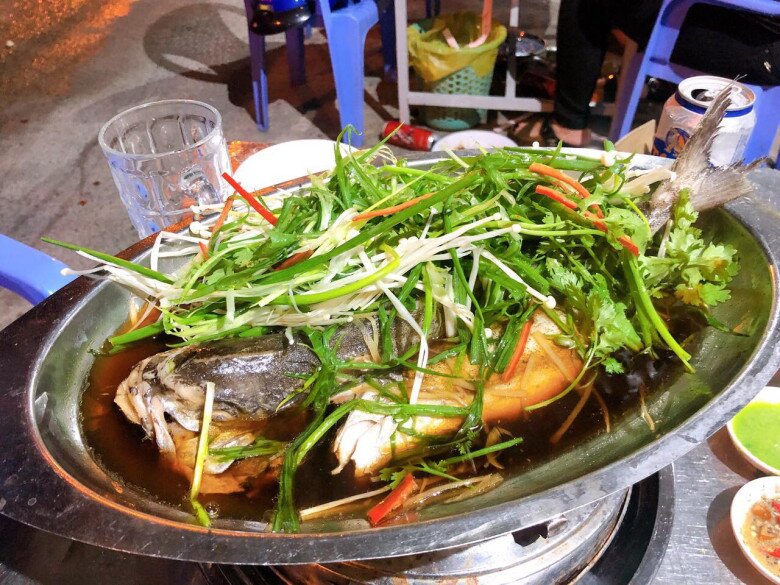
However, the dish that has cemented the Black Pomfret’s fame in Da Nang’s culinary scene is its hotpot. Found in nearly every seaside restaurant, this dish captivates both locals and tourists with its simplicity and refreshing taste. The fish is cut into chunks, marinated with pepper, chili, shallots, and fish sauce, then boiled in a broth infused with lemongrass, tomatoes, okra, and starfruit for a naturally tangy flavor. Served with fresh rice noodles and herbs, it’s a communal dining experience that leaves a lasting impression.
Steamed Black Pomfret is another restaurant favorite, cooked with lemongrass, chili, and black mushrooms to preserve its natural sweetness. Its tender, buttery texture often earns rave reviews from diners, many of whom return for repeat visits. Similarly, its chowder, with its mild flavor, is a hit among children and those recovering from illness.
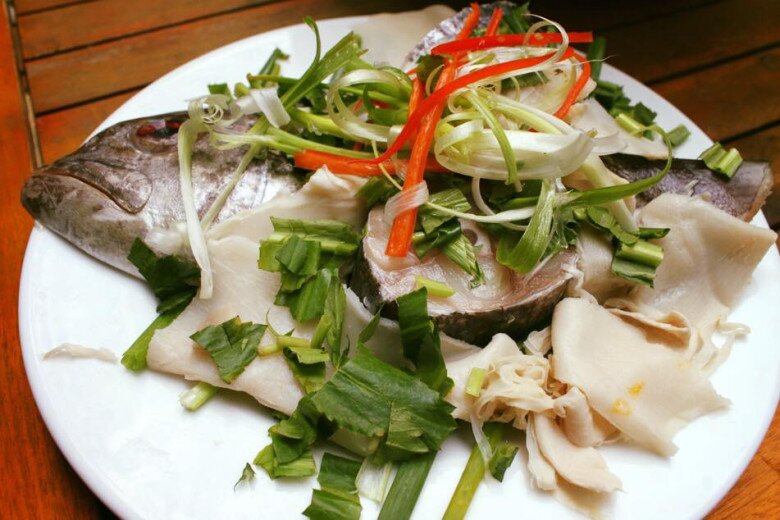
Today, the Black Pomfret is not just a local staple but a high-value commercial product, priced between 150,000 and 450,000 VND per kilogram—a premium compared to other fish. Its exquisite taste and nutritional benefits, including high protein, low fat, and essential vitamins and minerals, ensure consistent demand, especially during tourist seasons. This has boosted incomes for fishermen and enriched Central Vietnam’s culinary landscape.
Visitors to Da Nang often insist that no seafood tour is complete without sampling Black Pomfret. Whether in a tangy hotpot or a delicately steamed dish, its unique flavor profile and texture make it a must-try. From humble fishermen’s meals to gourmet restaurant offerings, the Black Pomfret has become a symbol of Central Vietnam’s hospitality and culinary artistry, offering visitors a deeper connection to the region’s culture and sea.













